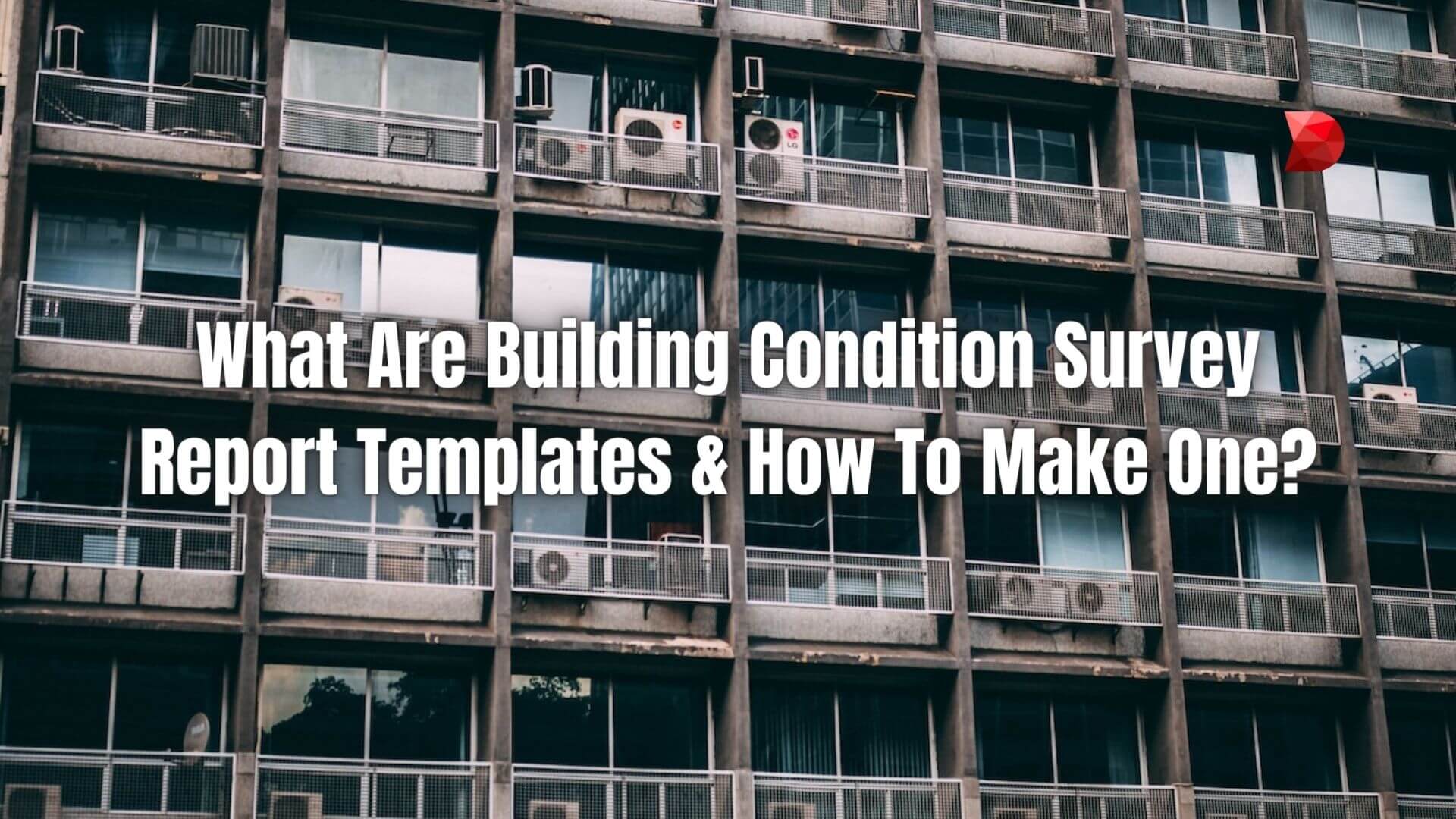Last Updated on November 9, 2022 by Ossian Muscad
When you own or manage a building, it’s important to understand its condition clearly to help you make informed decisions about repairs, renovations, or other improvements. A building condition survey (BCS) can give you that information. With a BCS, you can create a baseline understanding of your building’s condition, identify potential repair or replacement needs, and track changes over time. This guide will explain what building condition surveys are, why you should conduct one, and how to create a building condition survey report.
What is a Building Condition Survey Report?
A building condition survey report provides an up-to-date and accurate condition of the structure and operating systems. The report is typically prepared by a professional engineer or architect and can be used to inform building owners, managers, and occupants about the building’s condition.
The Importance of Conducting a Building Condition Survey
There are several reasons why you should conduct a building condition survey, including:
- To determine the remaining useful life of building components: By understanding the current condition of building components, you can make informed decisions about when they need to be repaired or replaced.
- To establish a baseline for decision-making: A building condition survey can help identify potential problems and track changes over time. This information can be used to make decisions about repairs, renovations, or other improvements.
- To create a maintenance plan: A building condition survey can help you develop a preventive maintenance plan by identifying potential problems and their causes.
- To assess building safety: A building condition survey can help you identify safety hazards and develop a plan to address them.
- To obtain insurance: Some insurance companies require a building condition survey before providing coverage.
What To Include In A Building Condition Survey Report
A building condition survey report should include crucial aspects that should not be omitted. The following is a list of building components that should be included:
Structural Components
Conduct a comprehensive inspection of the building’s physical conditions and structural components. This section should include the foundations, walls, and roofs to ensure that these building parts will not collapse. Doing this regularly helps prevent unnecessary incidents while prolonging the structure’s life by detecting early signs of damage.
Assess Mechanical, Electrical, and Plumbing Systems
Check if the building’s mechanical, electrical, and plumbing (MEP) systems are working properly. These systems are responsible for the comfort and safety of building occupants, so it’s important to ensure they’re in good condition. This section should include the following:
- Leaks in the plumbing system
- Corroded pipes
- Damaged electrical wiring
- Faulty HVAC system
Check the Building’s Interior and Exterior
To get a complete picture of the building’s condition, you should inspect the interior and exterior. This includes checking for water damage, cracks in the walls or ceilings, and any other signs of deterioration. You should also inspect the building’s windows and doors to ensure they’re in good condition.
Perform Room-by-Room Inspections
In addition to inspecting the building, you should also perform room-by-room inspections. This will help you identify any problems that are specific to a certain area of the building:
- Water damage
- Mold growth
- Cracks in the walls or ceilings
- Damaged flooring
- Faulty plumbing or electrical fixtures
How to Create a Building Condition Survey Report
Creating a building condition survey report might seem like a daunting task. But it won’t be as long as you have all the necessary information and know what to include in the report.
Here’s a step-by-step guide on how to create a building condition survey report:
- Schedule an inspection: The first step is to schedule an inspection of the building. This can be done by hiring a professional inspector or conducting the inspection yourself.
- Gather information: Once you’ve scheduled an inspection, you’ll need to gather all the necessary information about the building. This includes the building’s age, square footage, and number of floors.
- Inspect the building: Once you have all the necessary information, you can start the inspection. This involves checking the condition of the building’s structural components, MEP systems, and interior and exterior features.
- Write the report: After the inspection, you’ll need to write the building condition survey report. This should include all the information you gathered during the inspection and your recommendations for addressing any problems that were found.
- Review the report: Once you’ve written it, you should review it to ensure that all the important information is included. You should also have someone else review the report to ensure it is accurate and complete.
Building condition survey reports are an important tool for ensuring the safety and longevity of a building. By following the steps outlined above, you can be sure that your building condition survey report is comprehensive and accurate.
Create Building Condition Survey Report Templates with DATAMYTE
The best way to create and utilize a building condition survey report is by digitizing the process with DATAMYTE. The DataMyte Digital Clipboard, in particular, is a powerful software that can help you create comprehensive building condition survey report templates.
With its drag-and-drop interface, you can easily add, remove, edit, or rearrange building condition survey report template fields. In addition, you can add photos, videos, and other attachments to your building condition survey reports.
What’s more, the templates you create on the DataMyte Digital Clipboard are designed to work offline, so you can continue working even if there’s no internet connection. Plus, it can be used on any device, so you can always have your templates with you, no matter where you go.
Get started with DATAMYTE today and see how easy it is to create building condition survey report templates.
Conclusion
Creating this report doesn’t have to be difficult. You can easily create a comprehensive and accurate report with the right tools and information. And by digitizing the process with DATAMYTE, you can make it easier and more efficient. Get started now!



